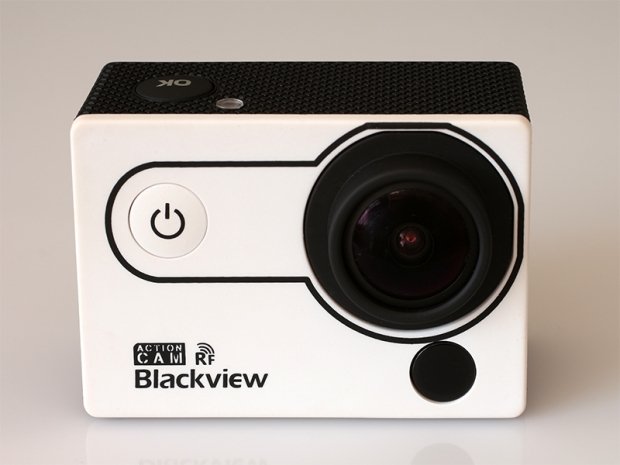Index
Video and Photo Capabilities
As we mentioned earlier, the Blackview Hero 2 supports different video recording modes, and they are illustrated in the following image:
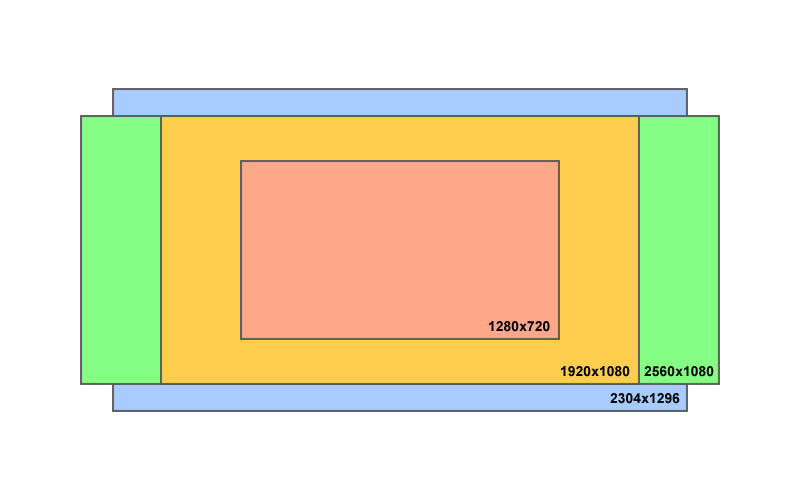
The recorded video looks nice, color balance is also good and direct sunlight in the lens does not create any problems (this is very important since you are dealing with a 170-degree lens).
Fast moving objects are captured well, as all video modes are recorded in progressive scan. Low light performance is also good, and the camera adapts to different lighting conditions very quickly. The camera uses a 4-megapixel 1/3” sensor with a pixel size of 2.0µm. Most sports cameras use somewhat smaller smartphone camera sensors, with a higher pixel count, but smaller pixel size.
Of course, the darker it is, the more grain you get in the image as with all digital cameras, but it is well controlled and the 2.0µm sensor does a rather good job (most smartphone camera sensors have 1.1-1.2µm sensors. You can see a few sample shots here.
We managed to get 1 hour and 11 minutes of non-stop recording at 1080p 30fps with a fully charged battery and the camera LCD turned off, which is within manufacturer specifications. It is a quite good result.

The videos are recorded at 10 - 14Mbps, which is on par with most entry-level consumer camcorders, so make sure you use a speedy MicroSD card. Do not go for the cheapest one available.
Audio recorded with the Blackview Hero 2 is not bad, although it is a bit on the quiet side. When you are recording with the protective case and the waterproof back door you can almost forget about audio, as the camera is hermetically sealed. If you use the other back door with cut-outs, camera will manage to capture a bit muffled audio. However, before dipping the camera in water, make sure you are not using the cover with audio cut-outs – otherwise you will have a very bad day.
Since the image sensor has a native resolution of 4 megapixels in 16:9 aspect ratio, we decided to test the photo capabilities at its native size.
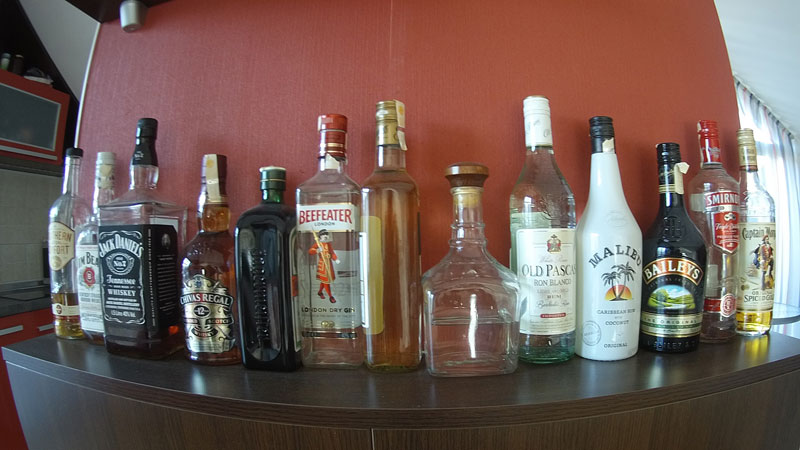
The size of the sensor helps deliver relatively good results in low light, proving once again that it's not just about the megapixel count; pixel size matters too.
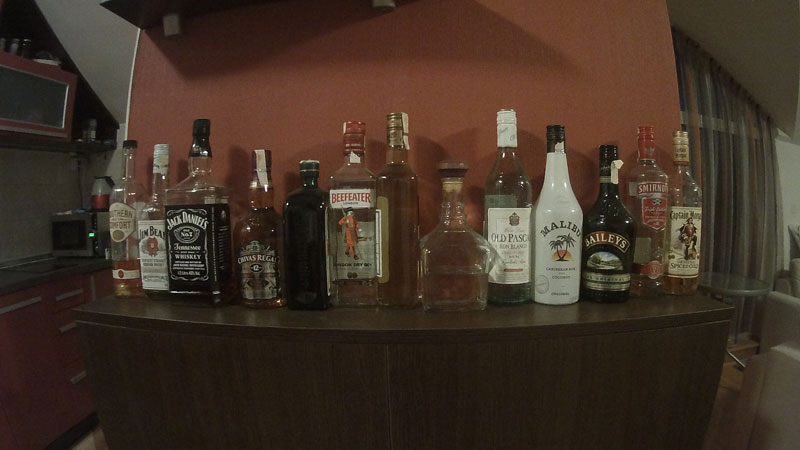
On the photo side of the things, we did miss the time lapse and burst options for creative photography and video effects, and we can only hope for a firmware update that adds these features.
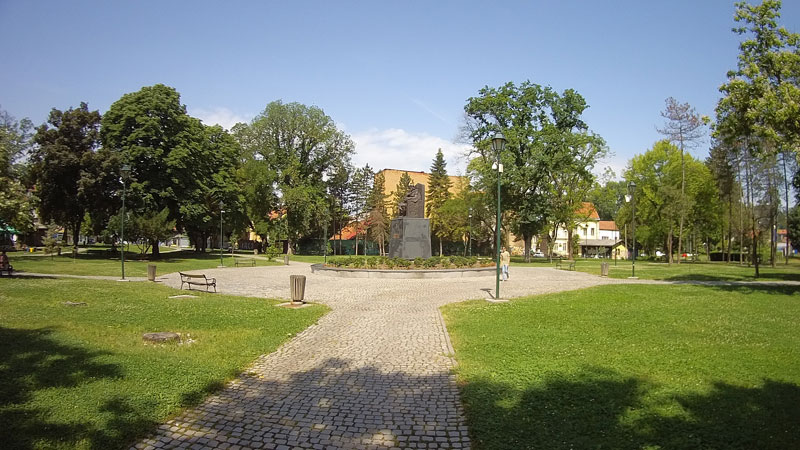
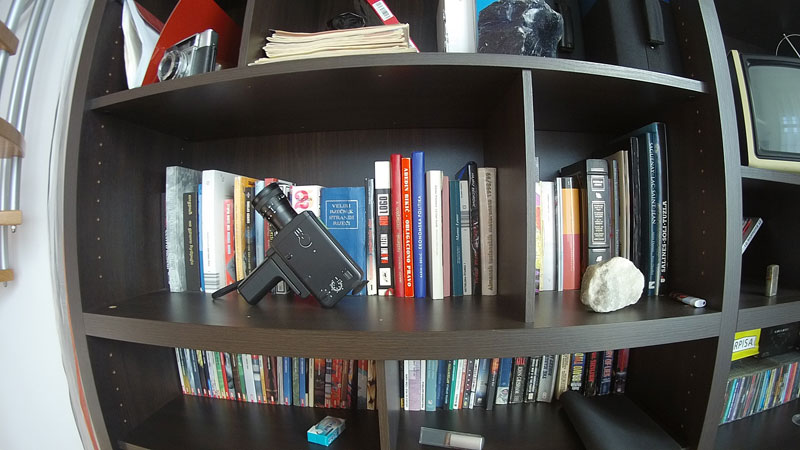
As you can see, the fisheye effect is very visible when you shoot something up close.
Advanced use and special effects: slow motion, video stabilization
While extreme wide angle lens are useful in recording sports and action shots, they are not ideally suited for traditional camcorder-style video shots.
At first, we decided to try editing and post processing videos recorded with Blackview Hero 2 to get slow motion shots. The following clip was recorded at 1080p 45fps and then slowed down to 25fps.
The slow motion shot looks very nice and this can be easily utilized for some home video fun. Oh, and if you are thinking about calling an animal rights group, trust us, the canine in the frame enjoyed it.
Then we tried processing a clip shot hand-held at 2.7K 2304 x 1296 29.97 fps during a bumpy tourist ride through the city. Our goal was to get rid of the wide angle look, so we tried cropping the 2.7K video to 1080p. Our NLE video editing suite automatically scaled the 2.7K video down to fit 1080 HD size when we placed the clip on the timeline, so we manually returned the scale to 100% and got rid of the wide angle distorted edges.

After that, we thought that 2.7K sized video being larger than 1080 HD could be useful for the image stabilization plugin, so we applied it as well. It turned out pretty nice and we were surprised with the results, as you can see in the sample video.
We can clearly recommend recording at 2.7K 2304x1296 for advanced users who intend to edit and post-produce their videos. The resolution gives you more options and flexibility in editing: you can zoom in or out, you can change the framing of the shot if necessary, or stabilize the shot. For everyday casual recording and uploading to Youtube and Facebook, 1080p at 30fps will do just fine.

